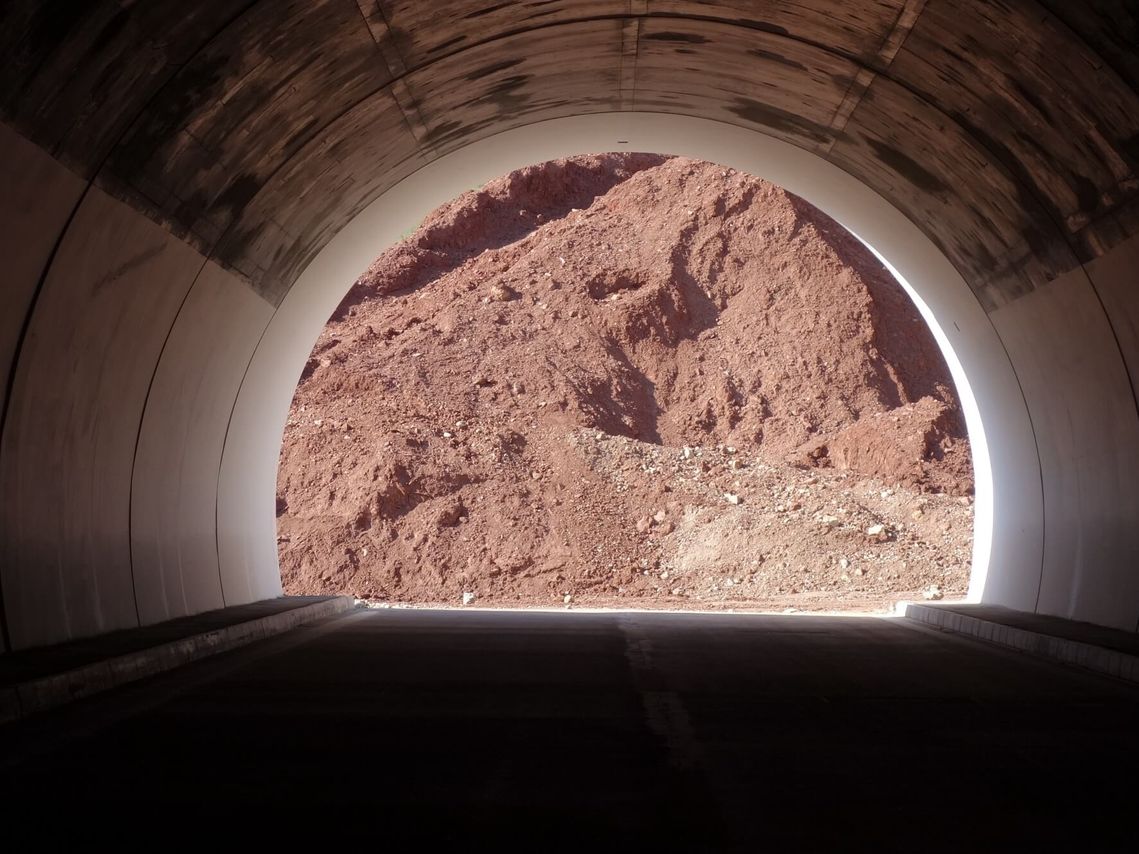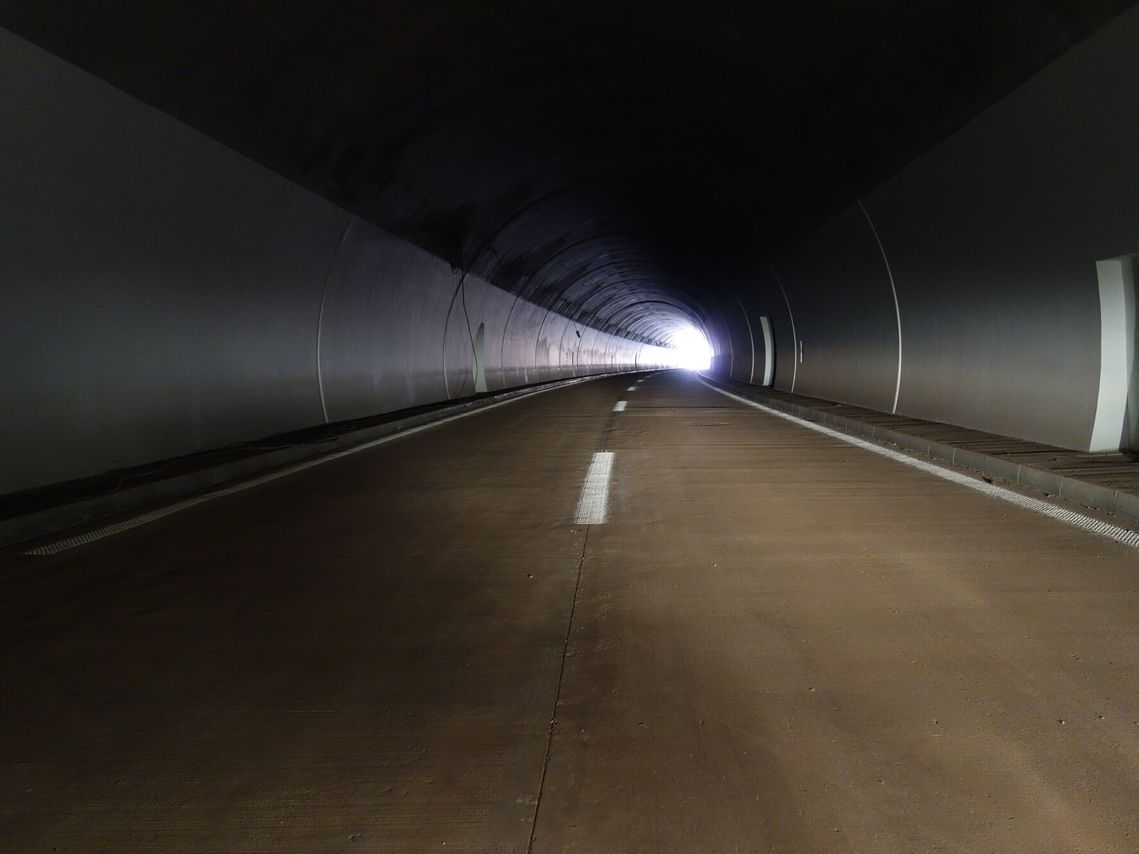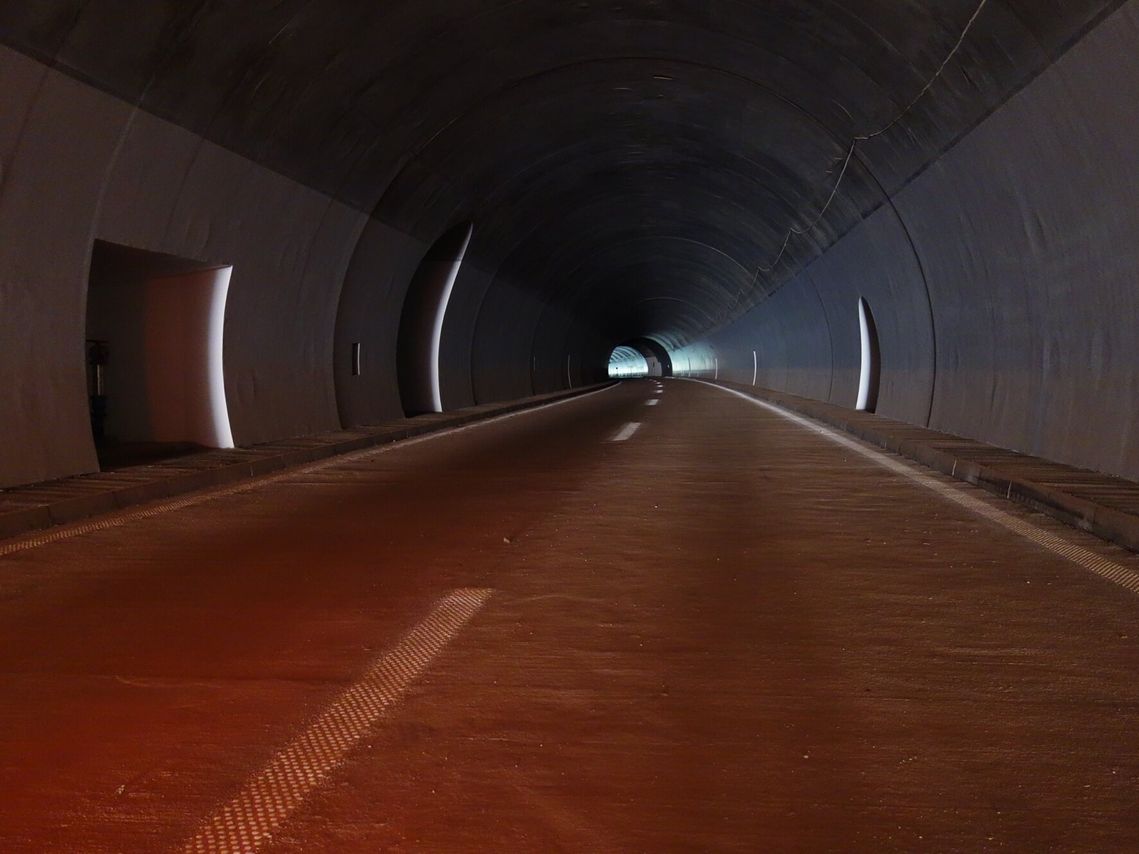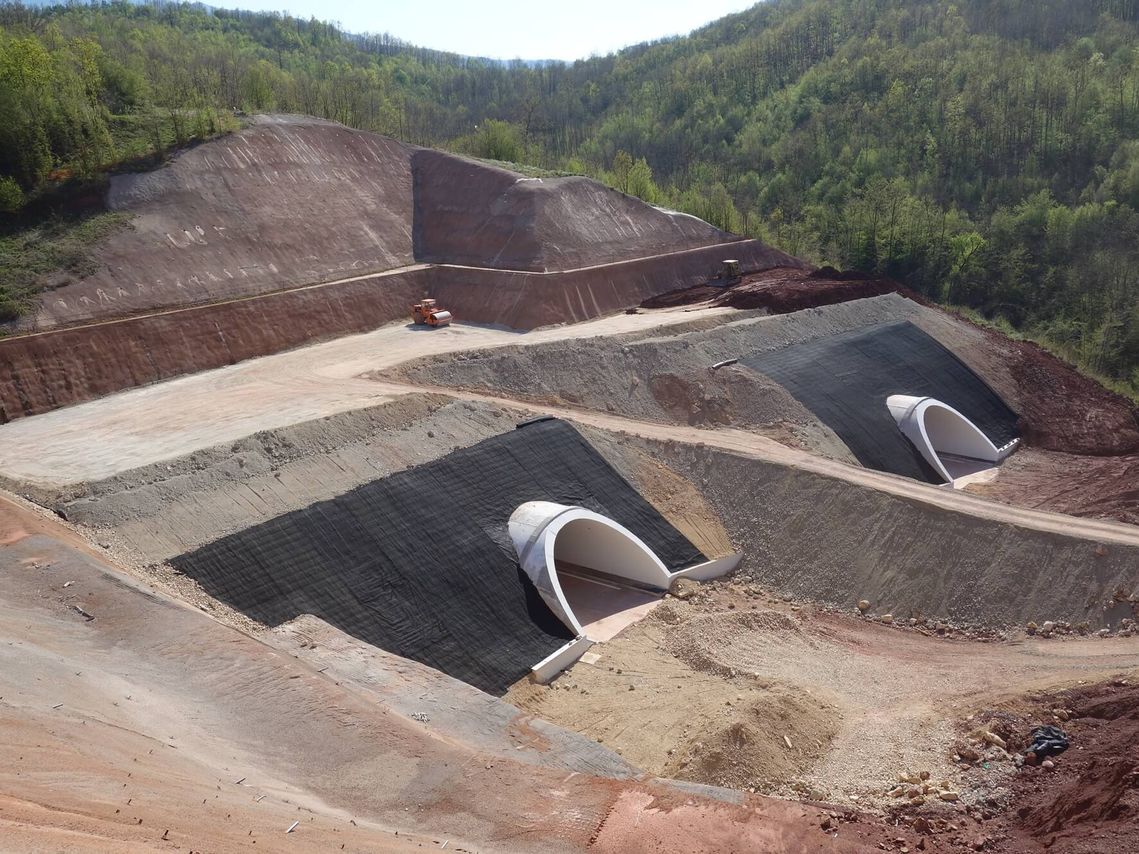Bancarevo Tunnel, E 80 Highway, Section Prosek–Crvena Reka in Serbia
03/2012–03/2017
The aim of the project is to construct a tunnel on the highway corridor No. 10, on the route E80 between cities Niš and Dimitrovgrad in Serbia. Each of the double lane tunnel tubes has the length of about 700 metres. The tunnel tubes are interconnected by three cross-passage tunnels. The part of the contract is also the construction of the concrete road surface, the fire water supply, the drainage system and the installation of the technological equipment in the tunnels. The rock massif is a combination of claystone, siltstone and loess with many geological faults. Therefore, the tunnel classes 5, 5a and 7 were used and the frequent additional fixing was necessary. The crown of the tunnel had to be secured with the spile canopy due to the frequent rocks fall. The most demanding part of the construction was the excavation of large portal pits on steep slopes. These slopes had to be additionally and repeatedly stabilized by sprayed concrete and by drilled anchors.
The aim of the project is to construct a tunnel on the highway corridor No. 10, on the route E80 between cities Niš and Dimitrovgrad in Serbia. Each of the double lane tunnel tubes has the length of about 700 metres. The tunnel tubes are interconnected by three cross-passage tunnels. The part of the contract is also the construction of the concrete road surface, the fire water supply, the drainage system and the installation of the technological equipment in the tunnels. The rock massif is a combination of claystone, siltstone and loess with many geological faults. Therefore, the tunnel classes 5, 5a and 7 were used and the frequent additional fixing was necessary. The crown of the tunnel had to be secured with the spile canopy due to the frequent rocks fall. The most demanding part of the construction was the excavation of large portal pits on steep slopes. These slopes had to be additionally and repeatedly stabilized by sprayed concrete and by drilled anchors.






